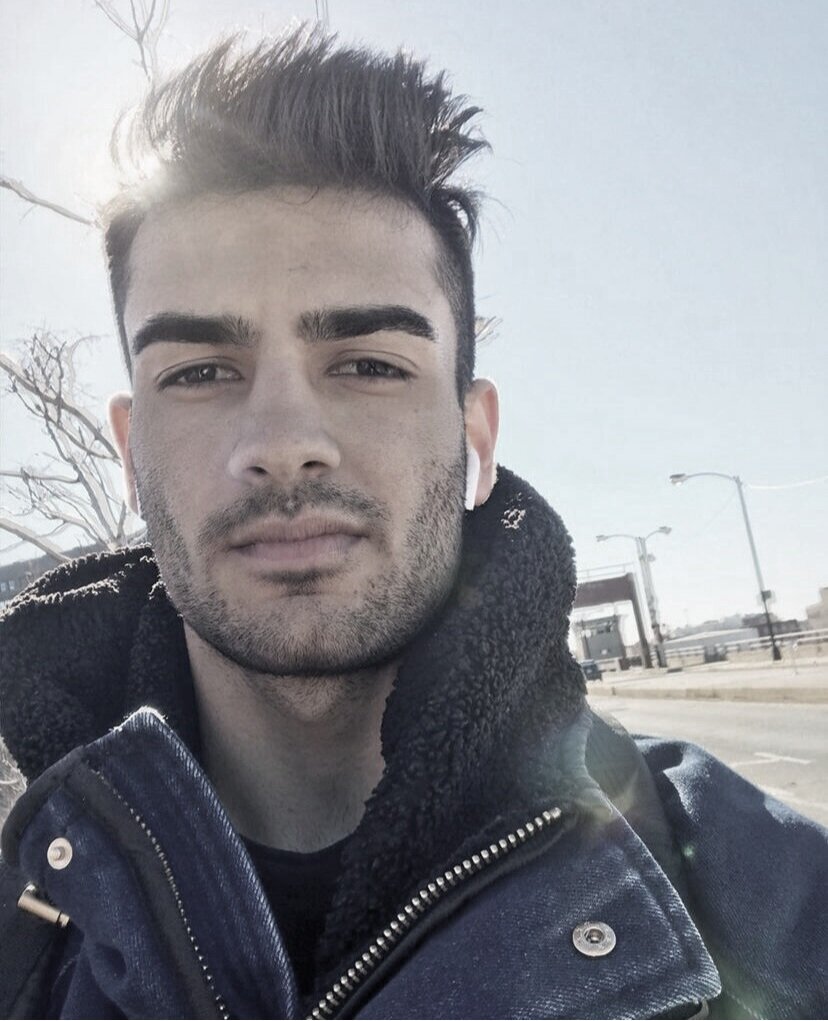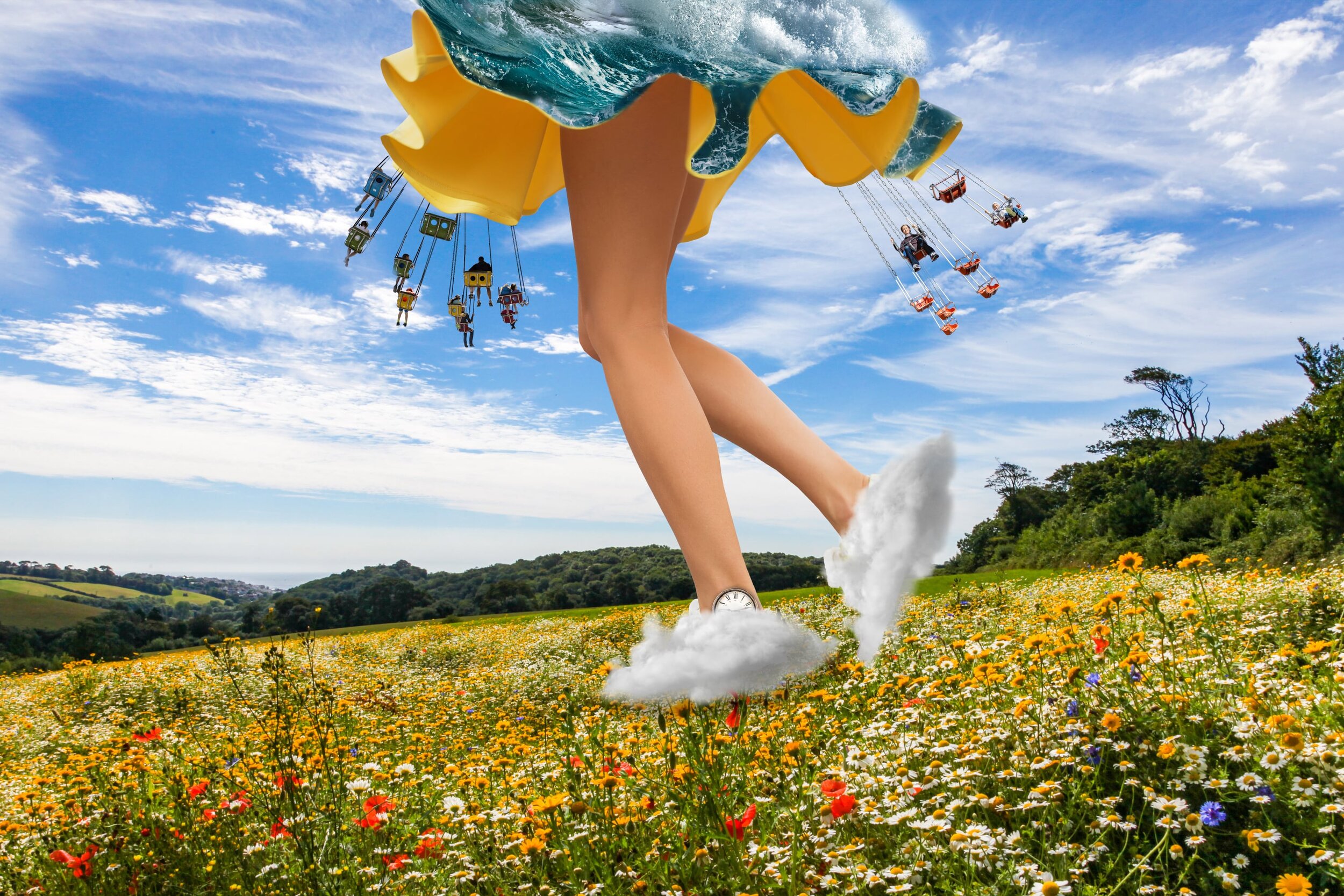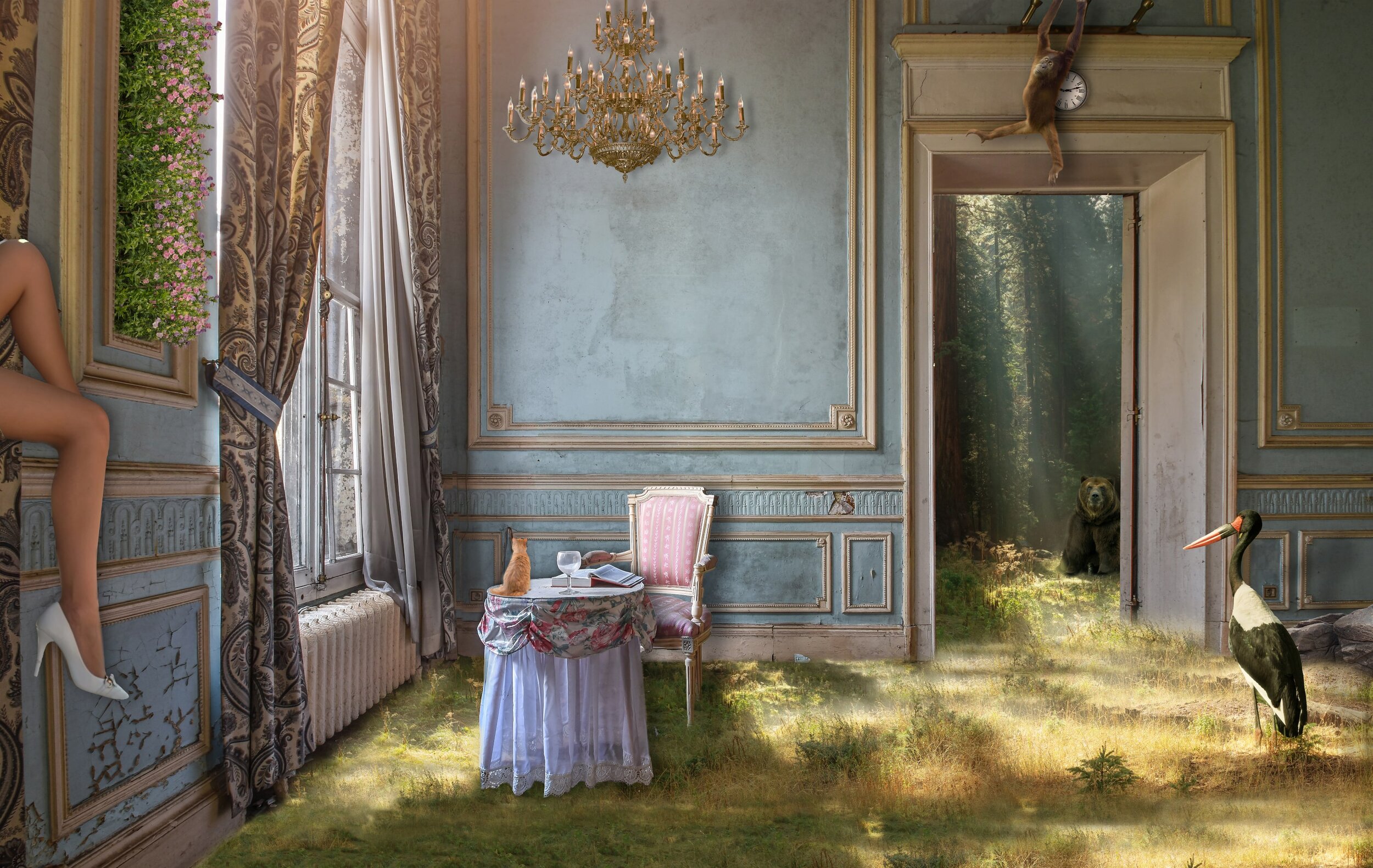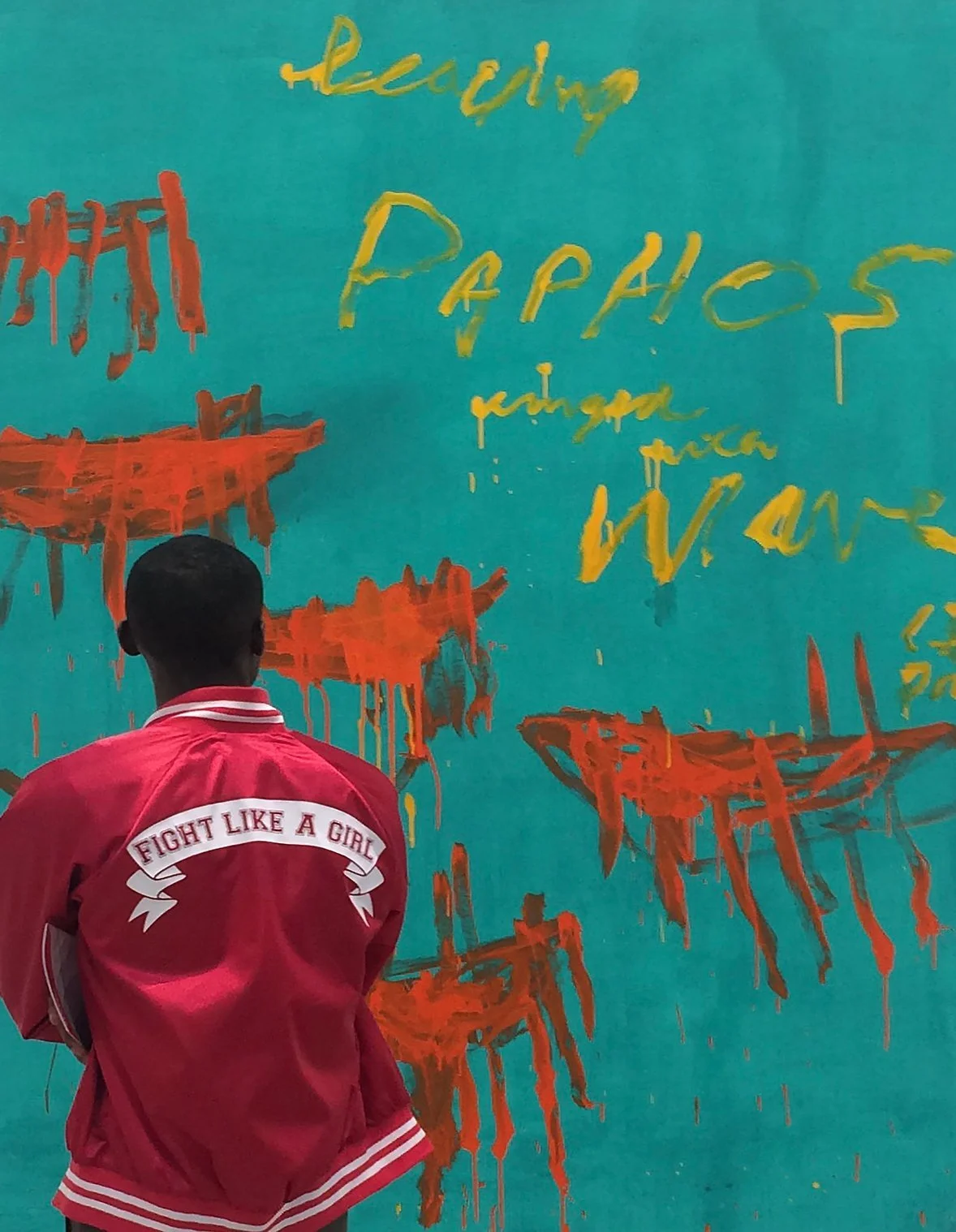10 Questions with Abhay Sehgal
Abhay Sehgal is an Indian-born contemporary artist who focuses on the style of Surrealism by interpreting dreams and psychology. He’s an artist residing in Miami and has graduated from the School of the art Institute of Chicago. Abhay executes his thought process through illustrations and animations representing the ideologies of fear and fantasies, creating works that indulge the minds of all and bring reality to the forefront of nature's fantasy. His recent works have been featured in Lightbox NYC, Carousel fine art, David Rosen Galleries, and PH21 gallery.
Abhay Sehgal Portrait
ARTIST STATEMENT
As an artist, Abhay enjoys associating modern-day problems with everyday objects in life. His works focus on concepts of psychology and fear in the Digital realm. Abhay creates pieces that occur in his dreams and idle imagination. They act as a kickstart to his brainstorming. The unintentional thoughts in Abhay's head are a combination of surreal objects in a realistic environment. This is what drives him to create. Ultimately, Abhay's work talks about the relationships a person experiences. Recently, he has been trying to explore the blend of Psychology and Surrealism. The outputs in Abhay's piece act as a bridge between his intended thoughts and the audience's perspective, which gives it an ambiguous narrative. Through all these aspects, Abhay creates work that indulges the minds of all and brings reality to the forefront of nature's fantasy.
INTERVIEW
First of all, tell us a little bit about your background and studies. What kind of education or training helped you develop your skillset?
I was born and raised in Punjab, India. At the age of 4, I was sent to a boys boarding school called St. George's College in Mussoorie, India. Pretty much all my life, I have been away from home. I always used to be involved in Art activities in school, but I used to sketch and paint for fun. That was for passing my time in class. I was more into sports than art. But gradually, it became a hobby, and I got better and better by the time I was in 10th grade when I decided to pursue being in the army or art. Therefore my parents put me in an International school where I could choose art as a subject. Eventually, I realized this was my means to communicate my thoughts, and it became an essential source of therapy. I personally feel there's no timeline to get better at anything. It's just about consistency and falling in love with the process.
How did you start making art? And are you still following the same aspiration?
I started making art because I loved sketching superheroes, since I used to love comics and the way they presented storyboards. But eventually, when I studied art in college, I fell in love with the thought process more than the aesthetic. That is when I realized I liked the style of Surrealism a lot.
What is your personal aim as an artist?
My aim as an artist is to make my own universe of thoughts and invite people into it. I want people to have their own perspectives in my pieces, but I want to make them fall in love with the blend of psychology and dreams. I feel everyone is creative; it's just the extra effort to communicate your thoughts with art. Obviously, I want to be noticed for my art, but the dream is to be in MOMA one day, and it can only happen when people visualize my universe.
Your art is influenced by Surrealism, yet you use modern technologies. How did you develop this style?
I started studying Surrealism in high school. I fell for Dali's process and the way I executed his thoughts and aspirations. Therefore I started painting, but eventually, I realized I fell in love with the concept of Surrealism, not how it's executed, and that was when I was experimenting with photography and Photoshop. I used to love digital art, and in the end, I realized it's about communicating with yourself and showing the world what your thoughts are. My mode of communication was better through digital art. I felt I could communicate better with that means. It's a realm which neither painting nor photography can achieve since it's a hybrid of both. Therefore I started experimenting with the 3D realm, a field so realistic that it blows your mind how much you can achieve with it. That's what makes Digital art irreplaceable. In the olden times, I felt art was about how good you could paint. But as the world progressed, so did freedom, and thus came contemporary art where freedom is impeccable. Thus, the combination of Surrealism and digital art is what I fell in love with.
Far away, Fine art print, 60x50 inches, 2020 © Abhay Sehgal
Kenopsia, Fine art print, 60x40 inches, 2020 © Abhay Sehgal
What are the main themes behind your work?
I have no specific themes in my work. I just make what I go through. Life can never be based on a specific theme. You always go through so many colorful emotions. Art is not a genre. It's a whole universe with the most ambiguous things in it. But as a whole, if I have to put it that way, I would use its psychology and dreams - a blend of intentional and unintentional thoughts.
Where do you find inspiration for your work, and what is your creative process like?
My inspiration is always based on my day-to-day life, the things I face personally, the things I enjoy, and the things that make me cry. Art is my personal diary. Whenever I am going through a huge amount of emotions, I just write that in my diary. I love doodling and sketching in my free time, so I create a concept after 10-20 rough sketches. They are all different. But out of those 20, there is always one element that is powerful enough to stand out, and I like combining those. Once the conceptual sketch is ready, I will create an illustration in Maya (a 3D software) and try putting everything together. Then I use Substance painter to texture my layout, which has to be realistic, and use Arnold software in the end to make it look realistic with sensitive lighting. People think digital art is easy. Everything is easy, but everything gets tough when you wanna excel in it. It's the same as creating a scene in a movie, and movies take ages and thousands of people to make. For us, it's a solo journey to figure out thoughts and execution. In short its doodling < sketching < writing < Maya < substance painter < Arnold < composting.
In your work, you use surreal objects, fictional situations, and more realistic references. How much of your life is reflected in your work?
I use a couple of surreal objects with the education I have received. I always tend to combine some surreal objects that existed in the art world, such as an elephant, legs, butterflies, etc., but I tend to believe that nothing is fictional. Maybe it is for the world we live in. But everything's real in our heads. We tend to think things from scratch or from things we look at, but they're all metaphors. They are all puzzles. Something means something in the practical world. For example, using butterflies for me defies freedom, the process of receiving that freedom. That's what a butterfly faces, a life cycle to flap its wings eventually.
What about the public? Did you experience any change or improvement over the last year? Do you think people are more attentive now than pre-Covid?
Over the past year, I feel people have become more considerate toward loving what they do. They would go the extra mile to achieve something or think about something. It's a turning point because, before this, people thought that the end of a journey is when they get old. But when the world went into a state of pause because if COVID I feel every small thing you do, you value it more now. I kept everyone engaged through my Instagram. I tried staying consistent by making more worlds. It drove me more to engage with people. Whenever I used to post a piece, people really gave an overwhelming response. It just drove me to create more. This is why I moved to Miami to pursue my dream as a fine artist.
How did you keep your followers and collectors engaged over the last year? Did you take part in any online exhibition or event?
When I moved to Miami, I engaged and communicated with a lot of people. Within a year, I have already exhibited in 4 galleries in Miami and a couple of online exhibitions, with galleries such as Carousel Fine Art, DavidRosen Galleries, Moyal Gallery, and HippieRoyals. However, I think the most prestigious online exhibition I did was Never knows better, a group exhibition exhibited at LightBox NYC in Manhattan.
State of mind, Fine art print, 60x40 inches, 2021© Abhay Sehgal
Finally, what are your plans for the future? What do you think (and wish) the future holds for us?
For now, I plan on moving back to India for a while. I feel I learned a lot from Miami and its lifestyle gave me a different perspective of how people think. Materialism has a lot of value here. But for now, I want to explore my own country. I want to engage with more galleries and artist residencies in the future. As an artist, your process keeps changing, there are no specifics, and I am excited to see what I can learn from going back to India after two years. In the future, if I feel I would love to do my master's in the Royal College of Arts, London. The future will always be better. I am still 23, and I am so excited about what's going to happen. I never knew people and collectors would engage with art so much in a year. I have achieved so much. It's always going to go onwards and upwards. Honestly, I want to come back for an interview in 5 years and see where we both stand.





















